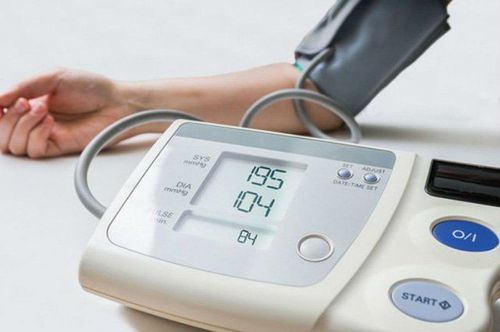Nội dung bạn đang tìm kiếm không có phiên bản tiếng Việt.
Vui lòng chọn tiếp tục để xem nội dung tiếng Anh hoặc đi đến trang chủ Tiếng Việt.
Rất xin lỗi về sự bất tiện này.

Home
Tag Subarachnoid hemorrhage
Articles in Subarachnoid hemorrhage
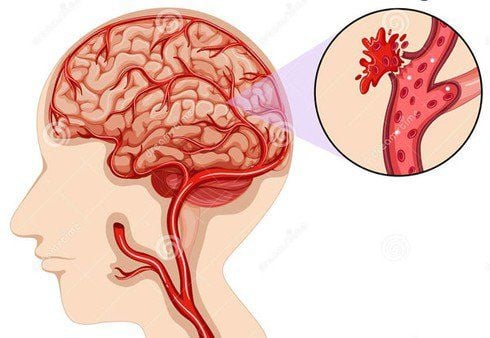
Learn about hemorrhagic stroke
Hemorrhagic stroke is one of two types of stroke, it only accounts for about 20% of the total number of stroke cases today but is extremely dangerous, and can even take the patient's life at any time.
Xem thêm
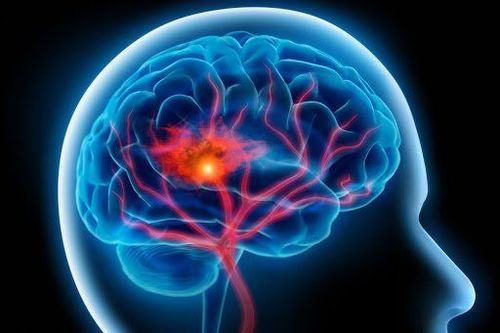
Surgery to reduce pressure in hemorrhagic stroke
Hemorrhagic stroke is a spontaneous bleeding phenomenon from the cerebral arteriovenous system into the brain tissue or the ventricular system or the subarachnoid space. Craniotomy to decompress the hematoma is a method of treating hemorrhagic stroke in the brain parenchyma.
Xem thêm

The most common complications in endoscopic microsurgery clamping cerebral aneurysms
Microsurgical clamping of cerebral aneurysms is a surgery performed to treat aneurysms. When a brain aneurysm forms, it can become so thin that it is very fragile, causing bleeding to overflow into the brain parenchyma.
Xem thêm
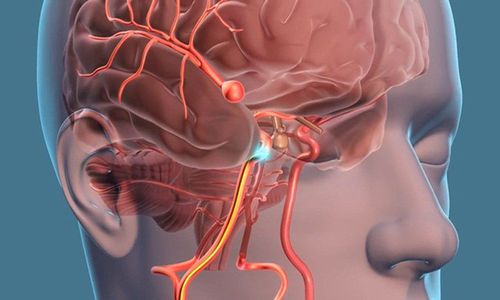
Indications for microsurgical clamping of cerebral aneurysms
cerebral aneurysm is a bulge in an artery with a thin, weak wall. Under high blood pressure in the artery, they are at risk of rupture and causing intracranial hemorrhage, putting the patient in a critical condition or leaving serious sequelae later. Therefore, microsurgery to clip a cerebral aneurysm should be considered early to prevent complications and improve long-term outcomes.
Xem thêm
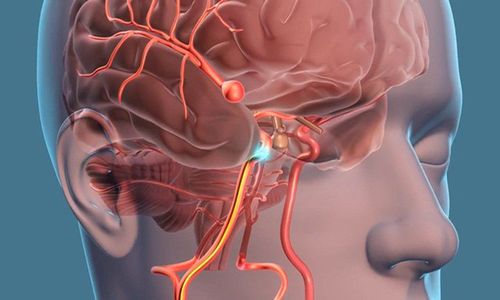
Microsurgical procedure for clamping brain aneurysms
The microsurgical procedure for clipping a cerebral aneurysm involves several steps that must be performed sequentially, with the ultimate goal being to actively control the aneurysm if it has not ruptured or to correct the brain hemorrhage if it has ruptured. Regardless of the clinical situation, a clear understanding of the following steps for cerebral aneurysm surgery will reinforce the correctness of this treatment decision.
Xem thêm
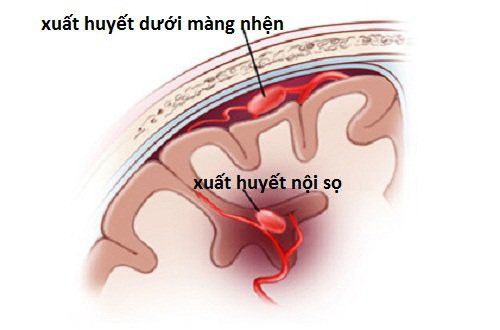
Subarachnoid hemorrhage: What you need to know
Subarachnoid hemorrhage is a condition in which blood leaks into the space between the brain and the membranes that surround it (meninges). If not treated promptly, this condition can cause serious brain damage and even death.
Xem thêm
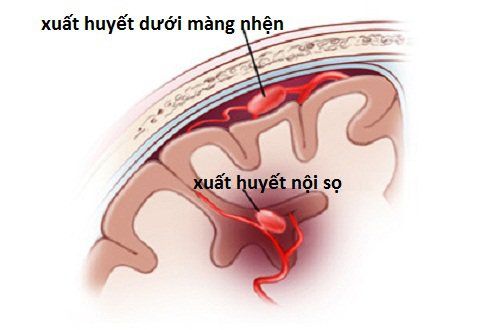
Detection and early treatment of subarachnoid hemorrhage by any diagnostic method?
Subarachnoid hemorrhage causes compression and damage to brain cells, potentially threatening the patient's life. Early diagnosis and timely treatment help limit the risk of death and disability caused by subarachnoid hemorrhage.
Xem thêm

What is brain death?
Brain death is a term that refers to the complete loss of brain function including the brain stem while the heart is still beating and the limbs are still warm and pink thanks to medical support. The patient falls into a vegetative state when brain death occurs. When a patient is brain dead, the treating physician needs to clearly explain to the family to choose to continue to maintain vegetative life or stop implementing supportive measures such as mechanical ventilation and intravenous fluids to end the vegetative state.
Xem thêm
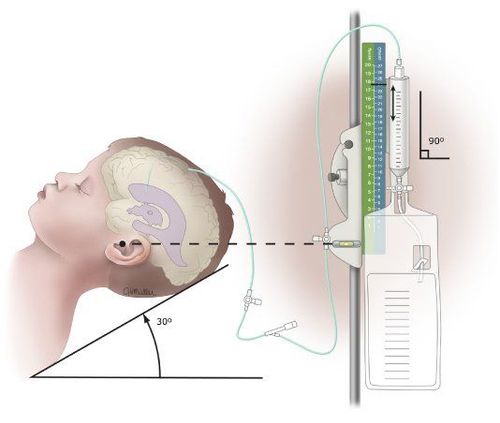
Technical procedure of intraventricular fibrinolysis in the treatment of intracerebral hemorrhage with intraventricular hemorrhage
Intraventricular hemorrhage is an independent risk factor for increased morbidity and mortality in patients with hemorrhagic stroke. Complications and mortality in intraventricular hemorrhage are often the result of complications of ventricular dilatation (obstructive ventricular dilatation and communicative ventricular dilatation).
Xem thêm

lumbar puncture technique
Lumbar puncture (LP) with cerebrospinal fluid examination is an important diagnostic tool for a variety of infectious and noninfectious neurological conditions. The techniques, indications, contraindications, and complications of LP in adults will be reviewed.
Xem thêm







